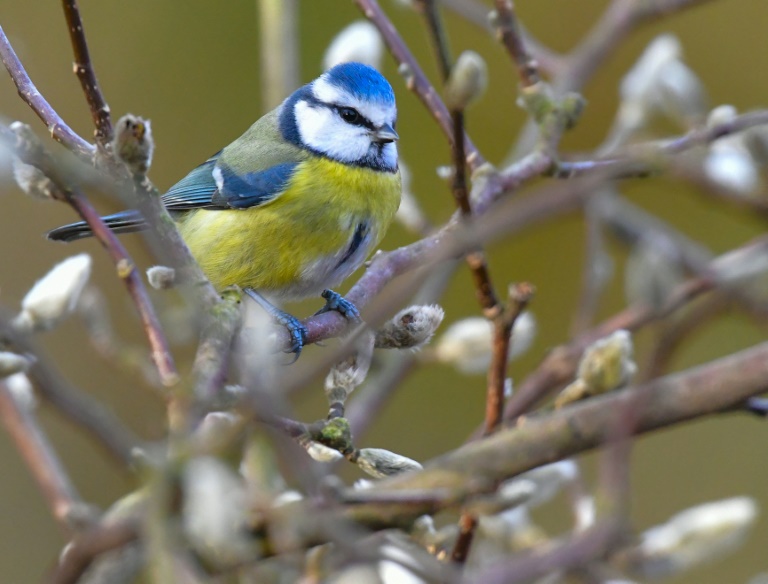Thinking of chopping down an unwanted tree near your house or on your pavement? You may want to seriously reconsider.

Besides the ecological benefits that trees provide, both for resident humans, animals and insects, they are not to be touched unless permission by City Parks has been granted.
An incident recently emerged in the Johannesburg suburb of Parkhurst, where the Parkhurst Residents and Business Owners Association called out residents cutting down trees without permission.
This is one of many instances where residents confuse a pavement, or property line, with the property they own. This confusion is in turn causing a ruckus in one of the world’s largest man-made forests.
To avoid any further confusion, there are a few things that tree-haters need to know before making any drastic landscape changes:
Pruning, trimming or cutting a tree on your pavement or property line
According to City Parks, residents are expressly forbidden from cutting, trimming, pruning or removing trees that do not fall inside their property.
City Parks explains that they prune trees on request from the lawful owner of the property.
“Trees will be cut away from your property line, pruned away from the street, low-hanging branches feathered up, branches obstructing traffic and signs pruned, and branches pruned away from overhead electric cables.”

Residents in Parkhurst were forced to wade through knee-deep floodwaters, as toppled electricity poles and trees blocked roads
Completely removing a tree on your pavement or property line
City Parks Johannesburg Marketing Manager, Jenny Moodley, explains that there are hefty fines to pay if a resident removes a tree on their pavement or property line without consulting City Parks.
A R2 000 standard fine will be issued to the resident by the JMPD. After this, there are other costs involved in replacing the tree.
These costs all depend on five key factors: the tree’s age, size, species, location and heritage value. The older and more precious the tree is, the more the resident will be charged.

The older the tree, the higher the cost will be to have it removed.
Insisting on having a tree trimmed or removed
If a resident contacts City Parks to have a tree trimmed or removed, they will have to follow a process with the organisation.
For trimming or pruning a tree, City Parks deploy their street tree experts, who will provide them with a detailed written report on the type of felling required, and the revival of the tree. After this, the appropriate tree fellers will be sent to trim the tree.
The same applies when insisting on removing a tree. Moodley explains that residents are welcome to write to City Parks to request that a tree be removed.
After this, street tree experts will again be deployed to assess the tree, as well as the aforementioned five key factors. Residents will then have to incur costs to City Parks according to the replacement value of the tree.

Joburg’s urban forest should be protected and not cut down.
However, Moodley emphasises the importance for residents to be mindful, especially with house renovations.
Removing trees have far-reaching implications, including infringing on animals’ habitat, compromising natural air filtration and oxygen provided by trees, threatening the environment by eliminating a key food source, and a lack of shade. Especially in light of climate change, Moodley says that people must reconsider wanting to have a tree removed, and perhaps consider slightly altering plans to accommodate this necessary flora.
In addition, on average, suburbs with tree-lined streets have higher property values, when compared to areas that lack tree canopies. Trees are a catalyst for aesthetically pleasing suburbs.
So, perhaps keeping them around is not such a bad idea after all.

Mammals and birds are also affected when trees are cut down, especially when done illegally.
Sources: The Citizen, City Parks
//
For more news your way, follow The Citizen on Facebook and Twitter.







